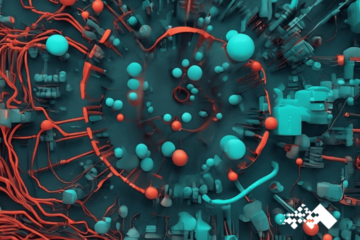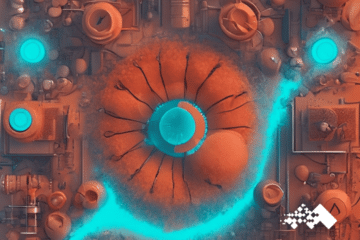IoT Machine Learning Modeling for Product Development
A hospitality technology disruptor was developing a new sensor suite to detect when a guest was smoking inside a property and distinguish it from approved activities such as cooking. They engaged Mosaic to build time series classification models to identify and alert on smoking events from the streaming sensor data.









